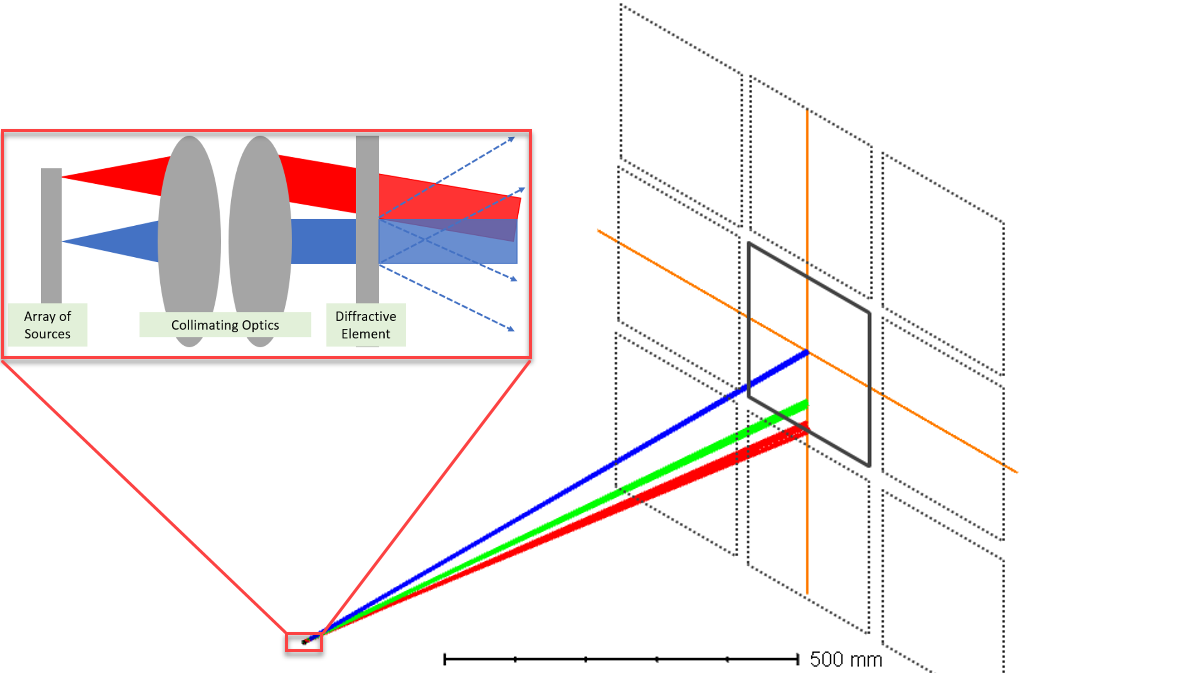Welcome
Welcome to Zemax's October edition of our monthly Community update summary. In this newsletter you will find:
- Featured Community posts, based on what you, the user, are searching for. So let us know what you want to learn more about!
- A list of Knowledgebase articles which are new or have been significantly updated in the last month.
- Mini interviews with our highlighted users. Each month you'll be introduced to some of these power users, so keep an eye out for them on the community!
If you want to see something added to this list, reply in the comments below. This is your space, so help us to make it useful to you!
Featured Community posts
The Code Exchange was introduced over the summer as part of our website revamp. Already, we have several submissions from users - both Zemax staff and non! These solutions have been vetted internally and are available for anyone who has an active, supported Zemax license. For more information about the Code Exchange, see this article. Below, we are highlighting some of the most exciting recent submissions. We recommend you subscribe to a post if you are downloading the code. This way, you will be notified of any updates or improvements to the solutions!
- API (CS User Analysis): Non-Sequential Radiance Camera -
@Michael Cheng : This tool calculate radiance or luminance (brightness) of objects seen by human eyes. - API (Matlab Standalone): Exporting optical components from Layout and shaded model in Matlab Figure -
@Sahil : This Matlab code shows the possibility to display optical components while working in the ZOS-API. - DLL (Source): Non-sequential fan and ring sources -
@David : These DLL files provide the ability to generate, in Non-Sequential Mode, uniform fans and rings of rays similar to those which can be displayed in sequential mode layouts - API (Python Interactive Extension): Automatically save TIF images of flux/area for all Detector Rectangles -
@Steve.Boege : An Interactive Extension was created that will automatically save flux/area data of all Detector Rectangles to TIF images having double data type. This follows a post from@David.Nguyen .
Knowledgebase Updates
Multibeam interference simulation using Zemax OpticStudio

The article presents a simulation of multibeam interference in the Zemax OpticStudio environment in Non-Sequential Mode. Potential applications, theory, and implementation of the optical system in OpticStudio and simulation results are discussed. The presented numerical models are highly flexible, allowing the user to easily introduce changes in terms of their application and perform qualitative and quantitative analyses.
Modeling a Flash Lidar System (3-part series)

In the consumer electronics space, engineers leverage lidar for several functions, such as facial recognition and 3D mapping. While vastly different embodiments of lidar systems exist, a “flash lidar” solution serves to generate an array of detectable points across a target scene with solid-state optical elements. The benefit in obtaining three-dimensional spatial data for use in a small-form package has caused this solid-state lidar system to become more commonplace in consumer electronics products, such as smart phones and tablets. In this series of articles, we will explore how OpticStudio can be used for modelling these kinds of systems from sequential starting points to incorporating mechanical housing.
Zemax-er Spotlight
Maciej is a member of the Zemax Consultant Partner Program who specializes in the design of both illumination and imaging systems. Maciej has recently contributed an article about multi-beam interference in Non-Sequential Mode, linked above. As part of the Partner Program, Maciej is able to be found on the list of consultants here: Zemax Solutions Providers. Additionally, Maciej can be seen here on the Community, offering expertise to other users.
Tell us about yourself?
My name is Maciej Traczyk and I am owner of 'Systemy Optoelektroniczne Maciej Traczyk' company. I am Zemax Consultant Program Partner since April 2021. My educational background is primarily form Faculty of Applied Physics at Warsaw University of Technology (B.Sc and M.Sc) and Institute of Optoelectronics at Military University of Technology (PhD). During my bachelor and master's studies I was focused on diffractive optics in visible spectrum, then the research topic of my PhD was the diffractive wavefront correctors for NIR. After finishing my PhD I joined PCO S.A. as a senior Electro-optical engineer, and next Electro-optical team leader. I have been working with laser systems - rangefinders, lidars, laser scanners, laser illuminators based on semiconductor laser diodes and interferometers for satellites objective lens assembly and multibeam laser interferometry. Many times I have build optical test and assembly benches - sometimes it was much more difficult than optical system design ;)
What in the industry are you excited about?
I am interested in new technologies in optical industry like printed optics and metamaterials. On the other hand I am very excited in designing and assembly optical benches for assembly, integration and testing optical systems.
If you could offer one piece of advice to someone using OpticStudio, what would it be?
Never give up :) I remember my first contact with Zemax and first problems. I wanted to achieve the final design too fast... My advices for beginners: don't' hurry, don't use Zemax/OpticStudio like a video game, don't use random buttons and don't insert random values in the Lens Data Editor. First calculate first-order properties on paper sheet, then build your system with paraxial lens and then switch your design to glass lenses.
What contributions have you made to Zemax that others should know about?
In October on the Knowledgebase I posted my first article. I wrote an article about multi-beam laser interferometry. I think researchers and engineers working on the direct laser modification of surfaces and materials will benefit the most from my article reading.
What’s the most challenging problem you’ve tackled using OpticStudio?
Optical design of objective lens for 6U nanosatellite and optical bench for assembly it.




